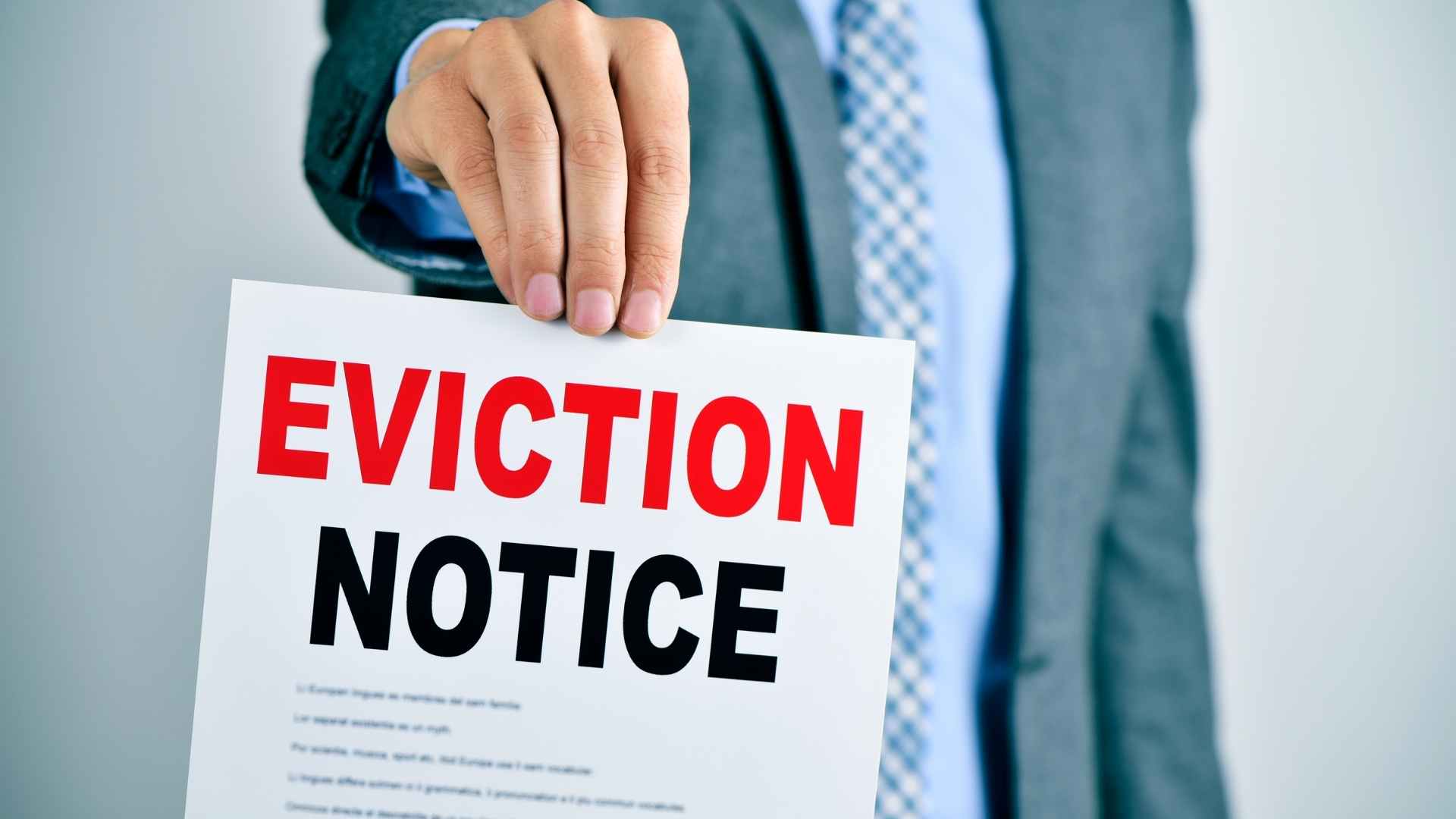
When a Florida tenant signs a lease, they get bound by certain terms and conditions that they must follow for the entirety of the lease or rental agreement. However, some tenants, either negligently or intentionally, violate the terms of the lease. When this happens, it’s your right as a landlord to evict the tenant.
That said, in order to successfully evict a tenant, you must strictly follow the Florida eviction process. You can’t take matters into your own hands. For instance, you are not allowed to lock the tenant out of their premises, shut off their utilities, or remove their belongings from their rented unit. These are “self-help” eviction tactics, and they are illegal.
As mentioned, to successfully evict a tenant, you’ll need to follow the proper rules and procedures. In this post, we provide you with a basic overview of the process.
Reasons for Florida Rental Eviction
To evict a tenant from your Florida property, you need to have a legal reason. Here are some examples of common legal reasons that warrant an eviction.
If the tenant:
- Fails to make their rent payments.
- Causes excessive property damage.
- Habitually disrupts other tenants.
- Refuses to leave once their lease term has ended.
- Uses the property for illegal purposes.
Once you have a legal reason, you can begin following the eviction process.

Steps to Eviction in Florida
Step #1: Posting an Eviction Notice
There are different types of notices depending on the violation the tenant has committed. They are as follows:
- 3-Day Notice to Pay Rent or Quit:
It’s a serious lease violation when a tenant stops paying rent. And as a landlord, it’s within your rights to evict them from your rental property.
In Florida, rent becomes due on the first day of every month. The only exception is if the lease states otherwise. This, then, means that rent becomes late immediately after the due date.
Once rent is due, you can provide the tenant with the 3-Day Notice to Pay Rent or Quit if you wish to begin the eviction process. The notice gives the tenant 3 days to either pay all the due rent or simply move out.
If the tenant doesn’t pay within this notice period, you can proceed with their removal.
- 7-Day Notice to Cure or Vacate:
This type of notice is only meant for curable lease violations, such as failure to maintain the property’s cleanliness or being too loud.
The notice gives the tenant two options: to fix the violation or to move out of their rented premises. If the tenant does neither, you can file for their removal.
For repeated violations (within 12 months), you don’t have to give the tenant an opportunity to remedy the situation.
- 7-Day Unconditional Quit Notice:
This notice is meant for very serious lease violations. Common violations that fall under this category include repeated violations, illegal activities and excessive property damage.
Again, if the tenant doesn’t move out of the property within 7 days, you can move to court.

Step #2: Filing the Complaint
Once you have notified the tenant, the next step in the eviction process is to file a complaint. You must do this at your county court. In most counties, filing a complaint usually costs about $185.
The county clerk will then give the summons and complaints to a process server after notarization.
Step #3: Serving the Summons & Complaint
The tenant may choose to respond to the complaint once they have been served with a copy of it. The response must be done in writing and must be filed with the court’s clerk. You’ll then be sent a copy of their response.
The eviction process can delay if the tenant chooses to fight their removal. In this case, the court may order both you and the tenant to appear at a hearing. In their defense, the tenant may allege any of the following:
- You used illegal eviction tactics:
As previously mentioned, you can’t use “self-help” eviction tactics to remove the tenant from their rented premises. Examples of these tactics include changing locks on the doors or shutting off utilities.
- The eviction notice you served them had errors:
As a landlord in Florida, you must follow specific guidelines when evicting a tenant. It’s important to serve a relevant eviction notice and make sure the notice contains all essential information.
While this defense won’t stop the eviction entirely, it’ll give the tenant more time at the property.

- The tenant paid all due rent in full:
If you send the tenant a 3-Day Pay or Quit notice, then you must stop further eviction proceedings once they pay the due rent.
If you continue with the eviction anyway, the tenant can show the proof of payment as a defense against their removal.
- You failed to maintain the unit to habitable standards:
As a landlord, you have to comply with all Florida building, health and safety codes. If you fail to do this, the tenant may be justified to stop further rent payments.
Tenants are, however, required to provide their landlords with a 7 days’ notice prior to exercising this right.
- The eviction was based on discrimination:
It’s illegal for you to discriminate against tenants based on protected characteristics, according to the Florida Fair Housing Act. Such protected characteristics include religion, race, disability, familial status, and national origin.
Step #4: Posting a Writ of Possession
If the ruling is made in your favor, the court will issue you with a writ of possession. This is a final notice to the tenant to remove their belongings from the property prior to the sheriff forcefully kicking them out.

__
For more information or any further questions, contact Anchor Down Property Management.
Disclaimer: This blog is not a substitute for professional legal advice. If you need further help, consider hiring a qualified attorney.
